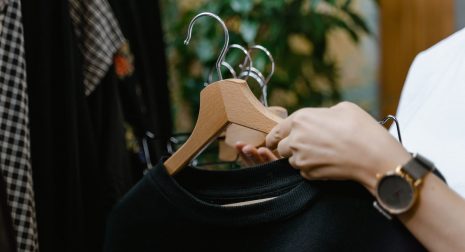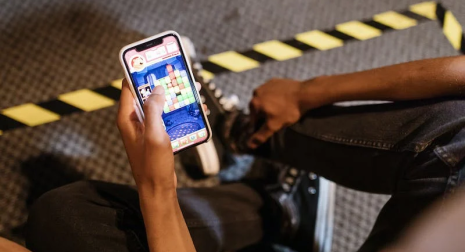Initially, Petit Bateau – one of the pioneers of second-hand fashion
Petit Bateau ventured into second-hand fashion because the clothes created by the brand are durable and have been passed down from hand to hand for generations. High-quality, highly durable clothes for children who wear them for only a few months?
In response to the “issue” of clothes lasting a long time while children grow, the brand opted for:
- A second-hand section on its website
- A clothing rental offering
For Petit Bateau, second-hand fashion was a necessity.
But what about Shein?
Do clothing items sold for less than €5 with planned obsolescence get resold second-hand? The answer is yes.
The ultra-fast fashion brand launched its second-hand site in the United States: Shein Exchange. Meanwhile, Vestiaire Collective decided to ban fast fashion brands from its platform. Fast fashion and second-hand fashion are inherently contradictory.
Fast fashion and ultra-fast fashion are synonymous with large-scale production, nearly disposable clothing, overconsumption, ecological absurdity, not to mention labor conditions.
Second-hand fashion, on the other hand, aims to reduce the environmental impact of the textile industry, promote a circular economy, and reduce the quantity of new products introduced to the market. After all, the least polluting garment is the one that is not produced. The second-hand market aims to transform the fashion industry and consumers’ relationship with clothing.
If the launch of Shein Exchange sparked strong reactions and the brand was accused of greenwashing, it’s because second-hand fast fashion remains fast fashion.







